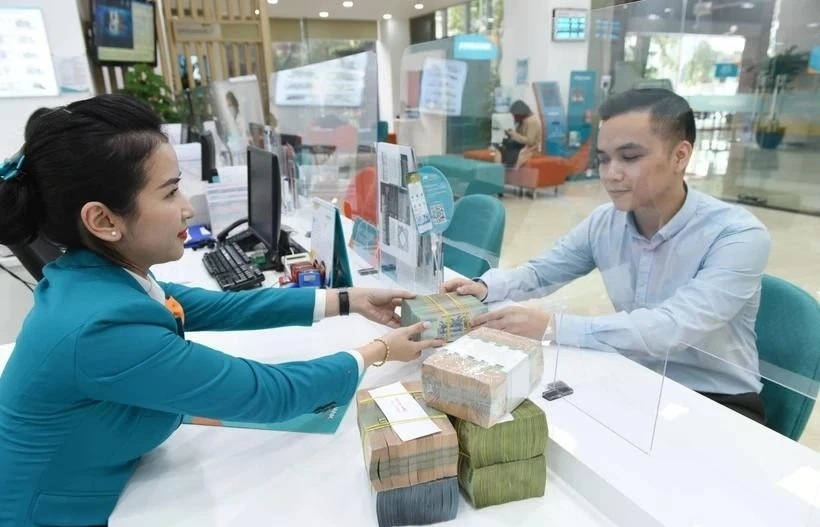Interest rate good news on the way
 |
| illustration photo |
What are current lending rates?
Lending rates are at around 20 per cent per year for non-priority area loans. I assume the rates could be eased by around four percentage points to 15-16 per cent per year if we succeed in containing inflation at around 9 per cent, per year.
In a better scenario we could bring the rates down to 13-14 per cent, per year through consistently carrying out drastic measures set in Central Resolution 11/NQ-CP in 2011 to curb inflation and stabilise the macroeconomy.
What are the grounds for this assumption?
Provided that the consumer price index (CPI) hiked 9 per cent in 2012 and banks offered deposit rates at around 10.5 per cent per year, depositors will still enjoy benefits as banks can ensure a positive interest rate. Usually, banks spend around 2.5 per cent on operation costs, with their proposed profit rates of 1 to 2 per cent, lending rates may be around 14-15 per cent, per year which would be reasonable. Sliding borrowing costs will stimulate investment, bolster economic growth, hike state budget contributions and create more jobs.
Will the 9 per cent per year inflation hike be realistic?
Though there are different forecasts about world economy in 2012 most international financial institutions share a common view that world economic outlook this year would be darker than that in 2011 with a proposed 2.4-3.2 per cent GDP growth against 2011’s 4 per cent.
Sagging GDP growth, dwindling fuel and material demands could drive down product and material prices in the world marketplace, except crude oil price which is forecast to stay stable, instead of 20 per cent hike last year.
Shrinking world market prices could significantly soothe pressures on Vietnam’s inflation when the country’s total import value in 2011 hit $105.8 billion, tantamount to 89 per cent of GDP. That was why I thought the CPI hike this year could climb to 9 per cent, per year.
Besides inflation, the interest rate is relevant to different other factors like bad debts, liquidation and credit growth. Is that the case?
Non-performing debts of the whole banking system stood at VND71.6 trillion ($3.4 billion) by the end of 2011’s second quarter which was VND20 trillion ($952 million) more than in early 2011. Non-performing debts came to VND85 trillion ($4.04 billion) in the second half of the year.
Soaring bad debts against modest outstanding loan growth indicates degrading credit quality. High liquidity tension has spread from small to big banking entities. Hence, to bring down interest rates, strong measures needed to tackle bad debt and credit quality issues parallel to easing inflation.
The core banking system problem is a mounting lending/mobilising rate which surged from 0.95 in 2008 to 1.01 in 2009 and 2010. It was an estimated 1.02-1.03 in 2011 despite the application of tightening monetary policies.
To ameliorate credit quality multiple tasks need to get done, including further tightening credit sources to ensure 15-17 per cent credit growth for the whole year.
What the stars mean:
★ Poor ★ ★ Promising ★★★ Good ★★★★ Very good ★★★★★ Exceptional
Related Contents
Latest News
More News
- Strict management needed for bank capital increases (December 24, 2024 | 16:34)
- Budding potential in green finance and AI (December 23, 2024 | 10:11)
- Accountants’ role in healthcare risk management (December 20, 2024 | 12:04)
- Mandatory biometric verifications to be expanded (December 19, 2024 | 10:37)
- Bank transfers lead to rebranding phase (December 19, 2024 | 09:00)
- Ownership of financial groups comes to fore (December 18, 2024 | 11:34)
- AI will be a game-changer in banking and finance (December 18, 2024 | 10:00)
- F88 partners with MB to transform over 850 financial stores into bank offices (December 17, 2024 | 18:04)
- Obstacles to stock-market upgrade to be removed (December 17, 2024 | 11:29)
- Vietnam seizes opportunities amid global trade shifts (December 16, 2024 | 18:00)



 Tag:
Tag:


















 Mobile Version
Mobile Version